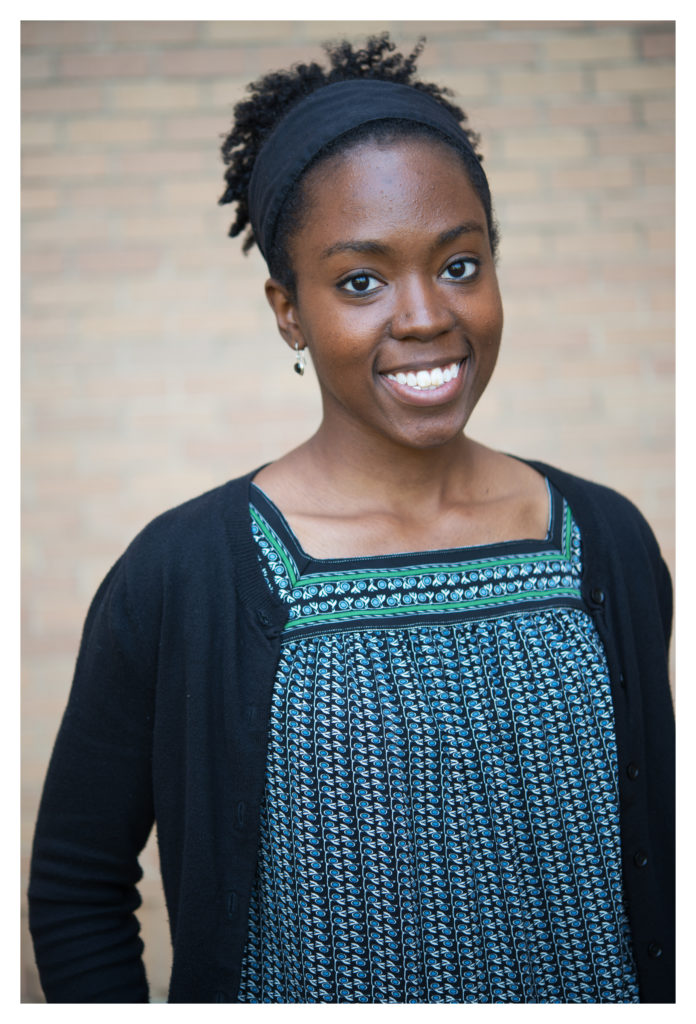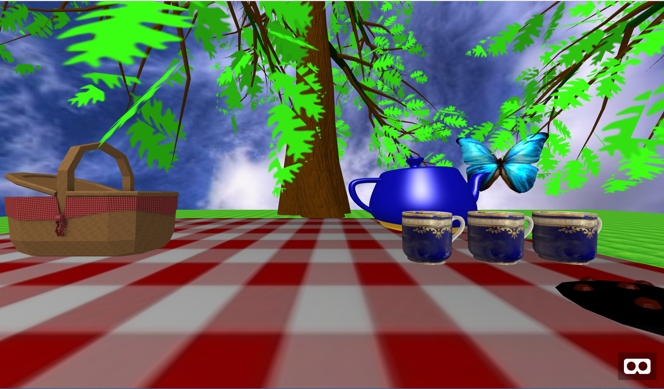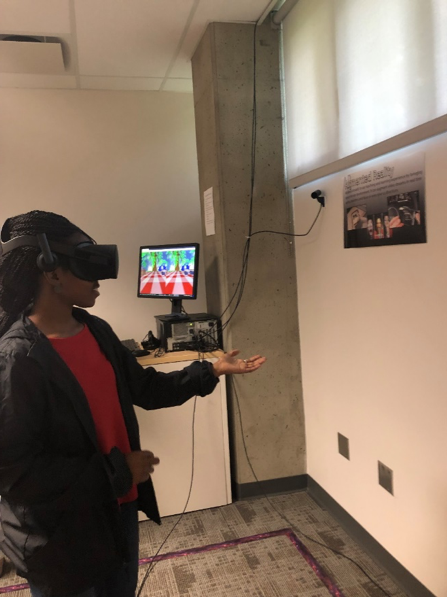
This reflection on the 2019 Digital Humanities Summer Institute was written by Marcia McIntosh, who attended with support from a DLF+DHSI Tuition Grant.
Marcia received her master’s degree in Information Studies (MSIS) from the University of Texas at Austin School of Information and bachelors from Washington University in St. Louis. She is currently the Digital Production Librarian at the University of North Texas where she assists in the management of digitization projects in the Digital Projects Lab. Alongside imaging production work, she pursues research in the areas of digitization, project development, and 3D data preservation.
Thanks to the DLF+DHSI tuition scholarship and travel funding from the University of North Texas Libraries, I was able to journey to Victoria, BC to attend the Digital Humanities Summer Institute (DHSI). This year’s institute took place June 3-7, 2019 at the University of Victoria. As a first time attendee, I enrolled in the course Modeling. Virtual. Realities. A Practical Introduction to Virtual (and Augmented) Reality. The instructors, the wonderful Zoe Schubert and Jan G. Wieners, walked my classmates and me into the third dimension with poise and clarity that I very much appreciated.
The class was my first foray into Virtual Reality (VR) creation. I had some experience with 3D scanning book history materials but never putting them into a virtual space. The class began with a thorough tutorial on HTML and CSS webpage creation. Each student created and presented their webpages to the class giving us experience coding. Through this exercise, we were able to learn about each other’s familiarity with 3D and VR.
The HTML/CSS foundation allowed us to get in and tinker with Threejs. This web application allows users to create VR scenes by editing an HTML file. We learned how to move, add, and animate items in a VR scene. We also got an introduction to modeling in Autodesk 3Ds Max.
Later in the week, we formed small groups to create 3D scenes. My group members, Gianna May Sanchez and Maayan Ornath, created a Picnic scene complete with blue sky, basket, tea set, cookie, peach, with an animated butterfly and ladybug. We were also able to view the scenes in cardboard viewers.

At the end of the week, a fellow student arranged a field trip to a Virtual Reality Room on campus. The class got to try out some professional scenes as well as the scenes we had created.

In addition to the main course, I took a short course on Machine Learning & Digital Humanities. This well-organized introduction provided a survey of RStudio applications in the text analysis using examples such as the corpus of Bob Dylan and the complete works of Jane Austen. Having had limited experience with RStudio before, it was nice to see this kind of application.
Learn more about DHSI and DLF’s Fellowship Program. In 2020, DHSI courses will be offered June 1-5 and 8-12.
